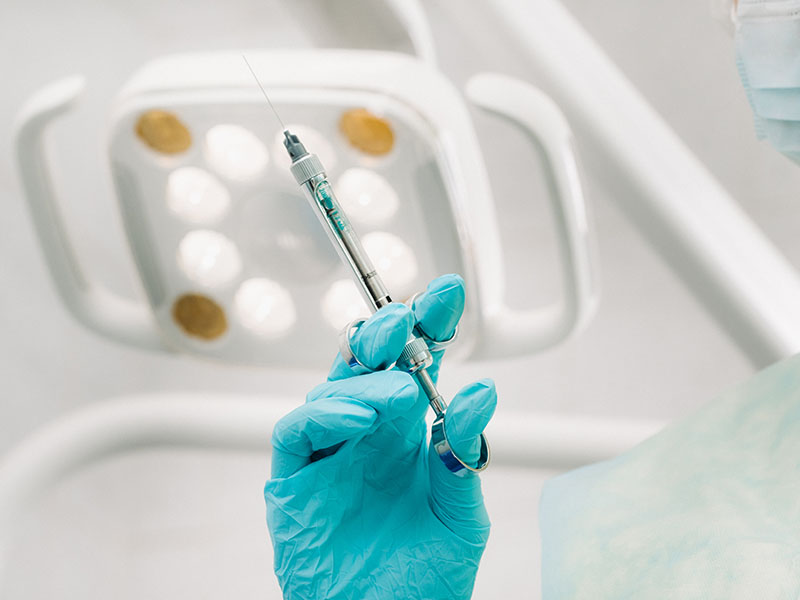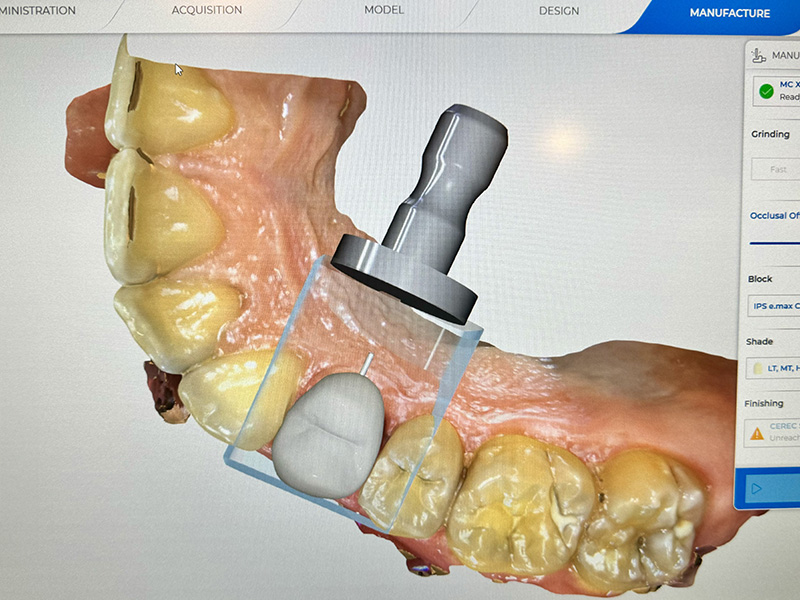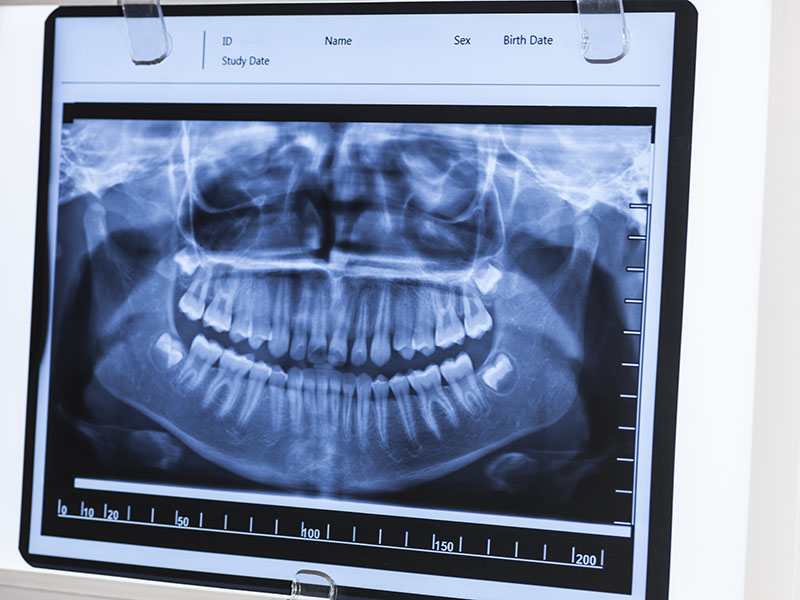What Is A Digital X-Ray?
Dentistry continues to evolve with the changing technology, and so do the tools and instruments available to dental professionals. X-rays are a form of electromagnetic radiation, invisible to human eyes, and key to preventive care. They were discovered in 1895 by Wilhelm Roentgen. Scientists called them x-rays initially and the name stuck.
One of the most significant advances in recent years has been the introduction of digital x-rays, also known as digital radiography. Digital radiographs have transformed dentistry in numerous ways. Digital radiography is a highly sophisticated technology and a powerful form of imaging to capture images of your mouth. It uses advanced sensors and software to capture highly detailed and precise images of the teeth and surrounding oral structures. This provides a wealth of details that can be used to identify oral health issues and develop effective treatment strategies.
Digital X-Rays Vs. Traditional X-Rays
Digital radiographs are a modern way of capturing high-quality images of your teeth and jaws. This technology represents a significant leap from traditional radiography, which relied on film-based imaging. Compared to film radiography, digital radiography is quicker, more accurate, and more convenient. From improved image quality to enhanced diagnostic capabilities, the advantages of digital radiography are numerous.
- One of the key advantages of digital X-rays is their versatility and flexibility. Adjustments to the image’s brightness or contrast allow your dentist to detect even the most minor areas of decay or damage in your teeth. This high level of precision allows for earlier detection of oral health issues, leading to more effective treatment outcomes and improved oral health.
- Another significant benefit of digital X-rays is that they expose patients to less ionizing radiation than traditional X-rays. A review of digital imaging from 2017 found that digital radiography requires 90% less radiation dose compared to traditional film.1 This means digital X-rays are a safer and more reliable option, especially for patients who require frequent X-rays or may be more susceptible to radiation exposure. Using digital X-rays in dentistry represents a significant leap forward in speed, accuracy, and patient safety.
- Along with their high level of accuracy, they are incredibly fast and convenient compared to the old film type. Traditional radiographs require time to develop. Digital radiographs have a lack of a lag time between taking the x-rays and being able to examine them, which allows your dentist to view the images immediately after they are captured. Your dentist can assess the health of your teeth and identify potential problems right away, allowing you to see and understand your oral health condition as your dentist explains it. Additionally, the same image can often be used for various diagnostic purposes, i.e. marginal bone loss (requiring lighter images) and caries detection (requiring darker images). The digital files are also easy to share with any other dental professionals who may be involved in your care in the future.
- Digital Imaging and Communications in Medicine (DICOM) standards provide a common method of transmission for medical radiographic images. Systems compliant with DICOM employ file formats that are recognized universally. This is useful when a dental office or patient would like to submit images to insurance companies, for example.
Conclusion
There are many advantages provided by the technology of digital radiography. Using digital X-rays allows dental professionals to provide their patients with faster, more accurate diagnoses, leading to more effective treatment outcomes and better oral health. They also provide significant benefits in terms of safety, convenience, and flexibility. Your dentist can plan effective treatment strategies, and ultimately improve overall patient outcomes. We are happy to offer these modern digital radiographs at Harmony Dental, for your safety, convenience, and efficiency of treatment.
Works Cited
- Jayachandran, Sadaksharam. “Digital Imaging in Dentistry: A Review.” Contemporary Clinical Dentistry, U.S. National Library of Medicine, 2017, www.ncbi.nlm.nih.gov/pmc/articles/PMC5551320/.



